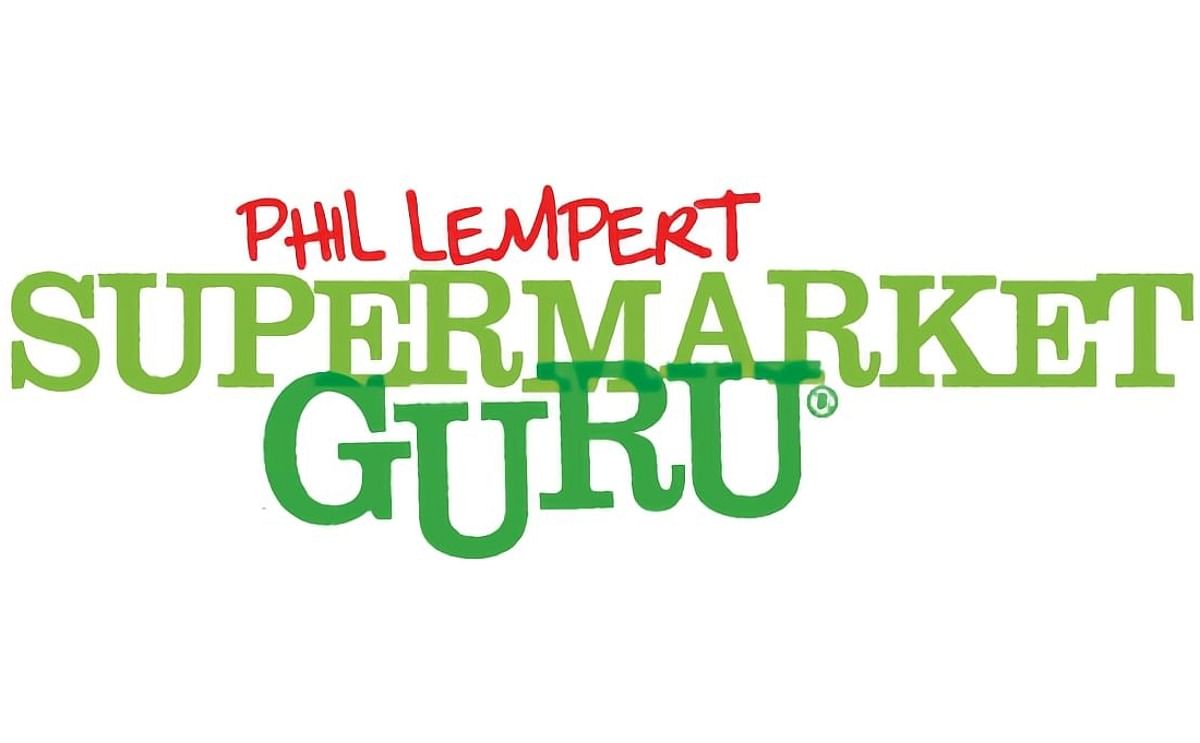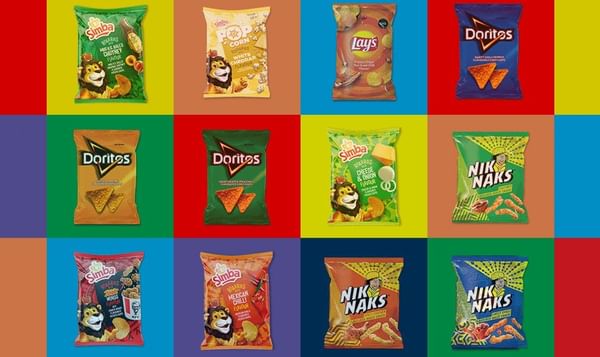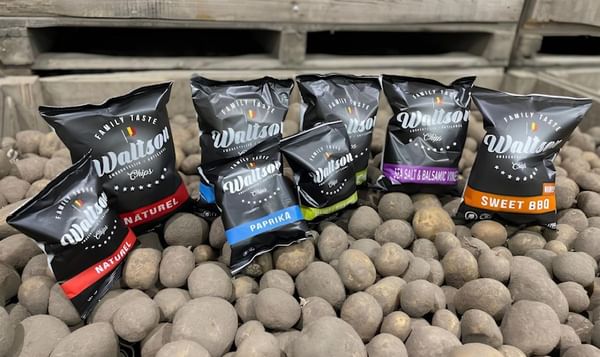Supermarket Guru
Sustainability at Frito-Lay (Phil Lempert Supermarket Guru)

What began as two small, mom-and-pop chip operations back in the early 1930’s is now the largest snack-selling company in the United States. Today, Frito-Lay, maker of such favorites as LAY'S®, FRITOS®, CHEETOS® and SUNCHIPS®, has more than fifteen $100 million brands. We talked to Al Halvorsen, Director of Environmental Sustainability at Frito-Lay, about the importance of setting “green” goals – and achieving them.
How does your business define sustainability?
Frito-Lay has a very robust and thoughtful approach to sustainability, nearly fifteen years in the making. Consistent with our parent company’s (PepsiCo) view of sustainability, we strive for Performance with Purpose. That means that we must deliver on performance for our shareholders, but we want to do so in a sustainable and responsible manner.
PepsiCo categorizes its sustainability efforts into three pillars. The first pillar is human sustainability. Under this pillar, we work to deliver products that are of the highest quality and made in the best way possible. For example, we were one of the first major companies to remove trans fats from our portfolio.
The second pillar is talent sustainability. We want to empower our talent base and employ the best talent possible.
The third pillar is environmental sustainability. At Frito-Lay we’ve identified five categories where we can have the most impact: water, energy, packing, waste and greenhouse gas emissions. We are looking at the triple bottom line, focusing on reducing the environmental footprints that we have as a corporation.
We officially kicked off our environmental initiatives in 1999, when we set some aggressive goals to reduce water by 50% per pound of product, natural gas by 30% and electricity by 25%. And we’re honing in on those goals. Year to date, we’ve reduced water by 38%, gas by 29% and electricity by 22%.
Interestingly, our sustainability strategies have really flown to our bottom line as well. If we had done nothing to reduce water and energy use since 1999, we would’ve spent an additional 55 to 60 million dollars in 2008 alone. Again, this goes back to the concept of Performance with Purpose. We are reducing our environmental footprint and using the impact of these successes to drive productivity.
How does your business define sustainability?
Frito-Lay has a very robust and thoughtful approach to sustainability, nearly fifteen years in the making. Consistent with our parent company’s (PepsiCo) view of sustainability, we strive for Performance with Purpose. That means that we must deliver on performance for our shareholders, but we want to do so in a sustainable and responsible manner.
PepsiCo categorizes its sustainability efforts into three pillars. The first pillar is human sustainability. Under this pillar, we work to deliver products that are of the highest quality and made in the best way possible. For example, we were one of the first major companies to remove trans fats from our portfolio.
The second pillar is talent sustainability. We want to empower our talent base and employ the best talent possible.
The third pillar is environmental sustainability. At Frito-Lay we’ve identified five categories where we can have the most impact: water, energy, packing, waste and greenhouse gas emissions. We are looking at the triple bottom line, focusing on reducing the environmental footprints that we have as a corporation.
We officially kicked off our environmental initiatives in 1999, when we set some aggressive goals to reduce water by 50% per pound of product, natural gas by 30% and electricity by 25%. And we’re honing in on those goals. Year to date, we’ve reduced water by 38%, gas by 29% and electricity by 22%.
Interestingly, our sustainability strategies have really flown to our bottom line as well. If we had done nothing to reduce water and energy use since 1999, we would’ve spent an additional 55 to 60 million dollars in 2008 alone. Again, this goes back to the concept of Performance with Purpose. We are reducing our environmental footprint and using the impact of these successes to drive productivity.
¿Te gustaría recibir noticias como esta por correo electrónico? ¡Únete y suscríbete!
Únete a nuestra Telegrama ¡Canal para actualizaciones periódicas!
Empresa Destacada
Contenido Patrocinado
Contenido Patrocinado
Contenido Patrocinado
Contenido Patrocinado
Contenido Patrocinado











